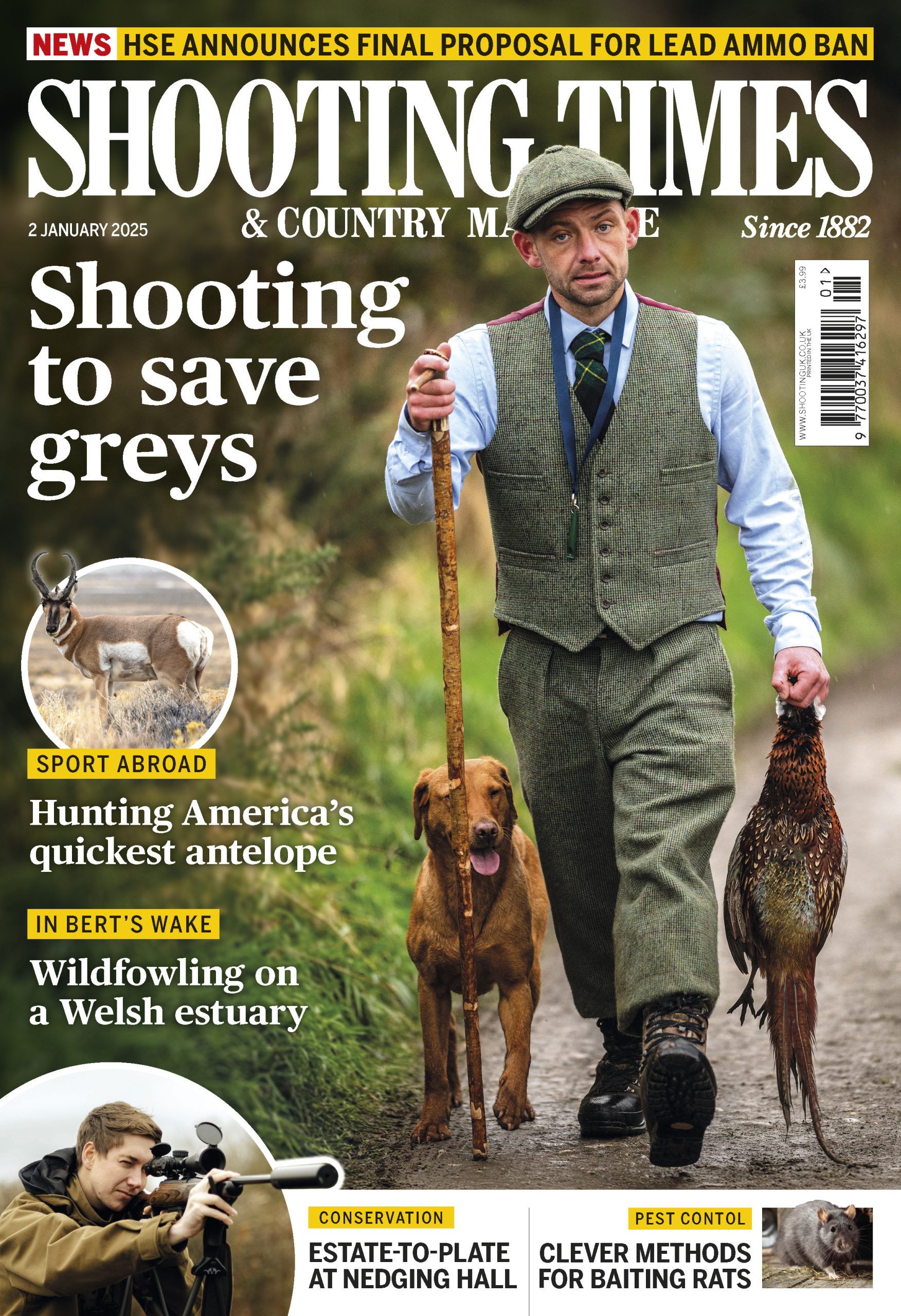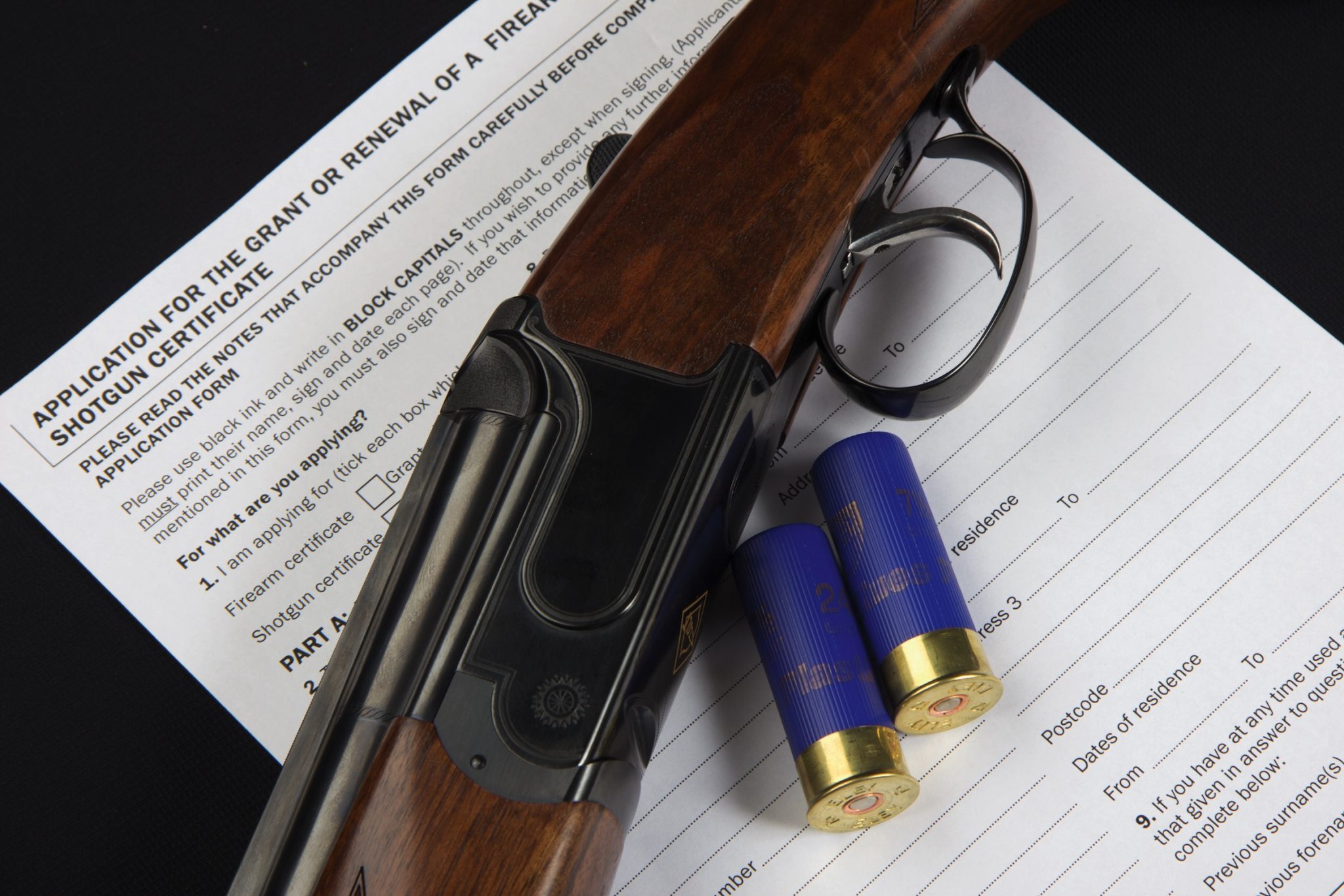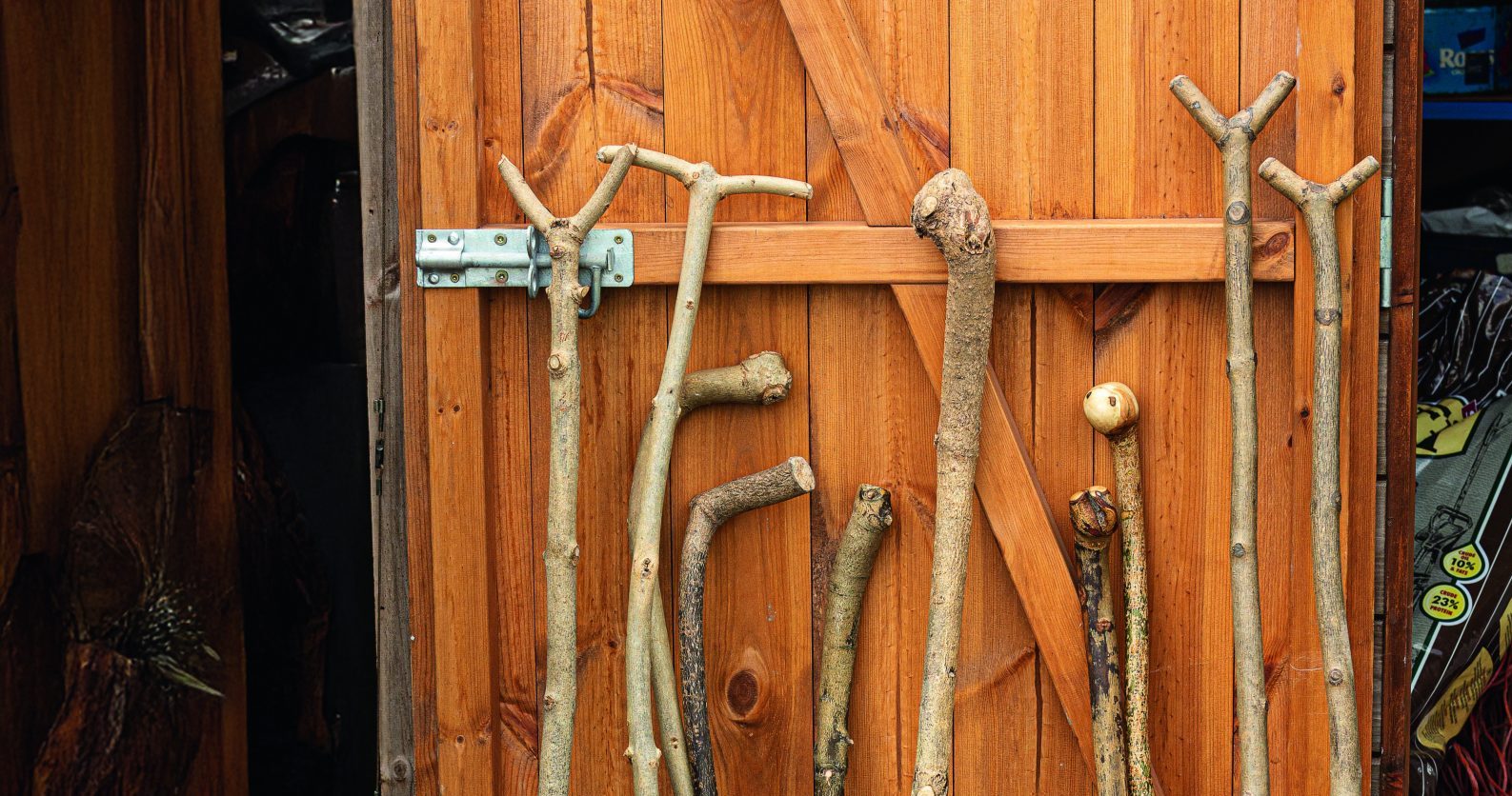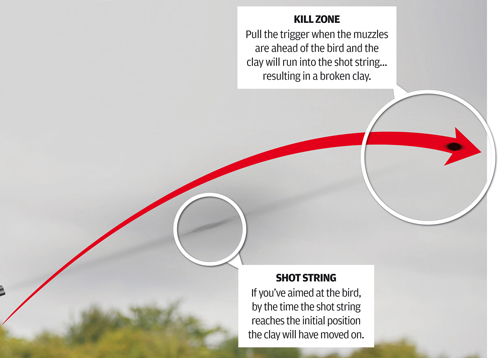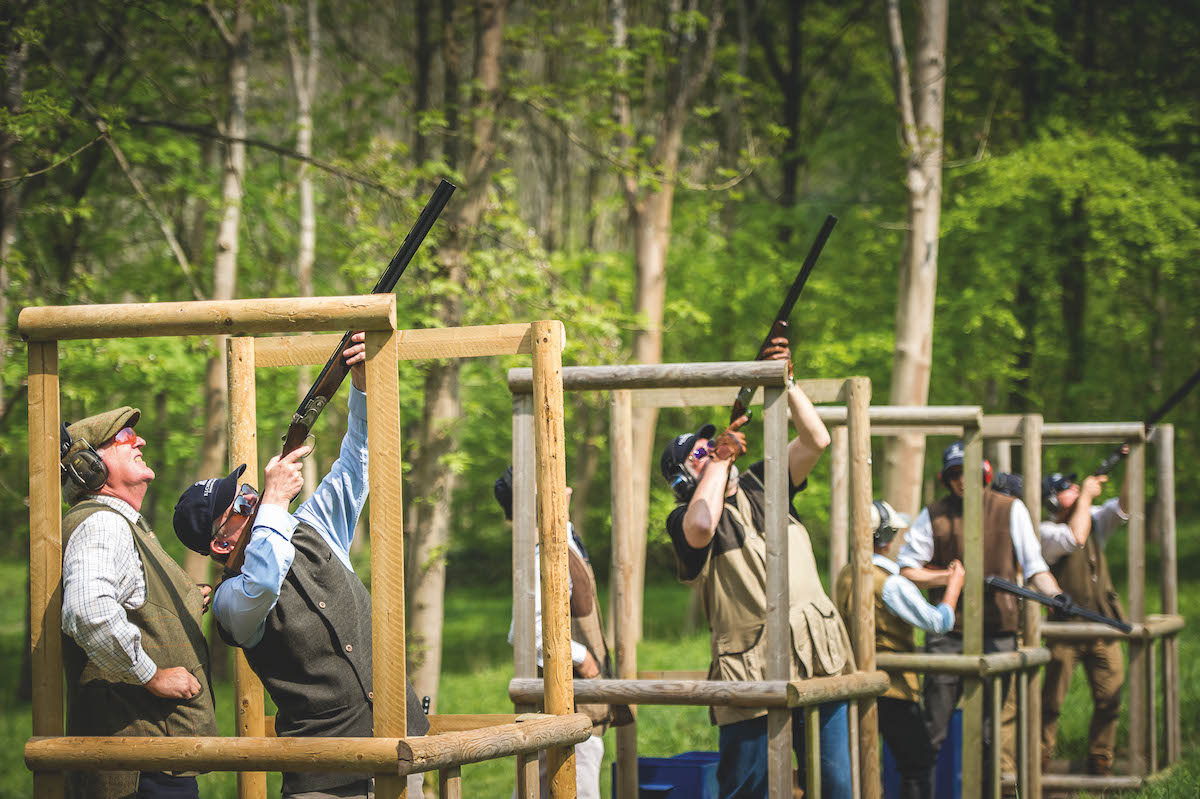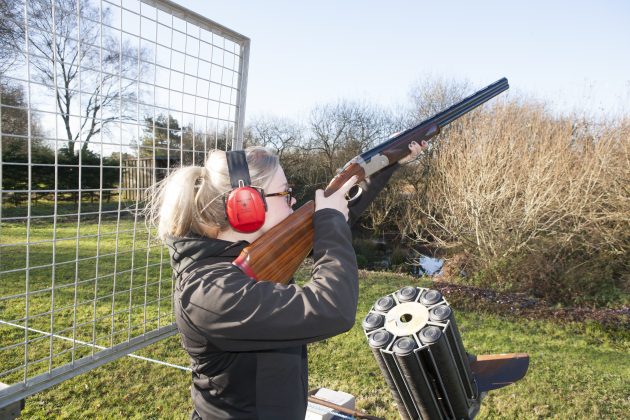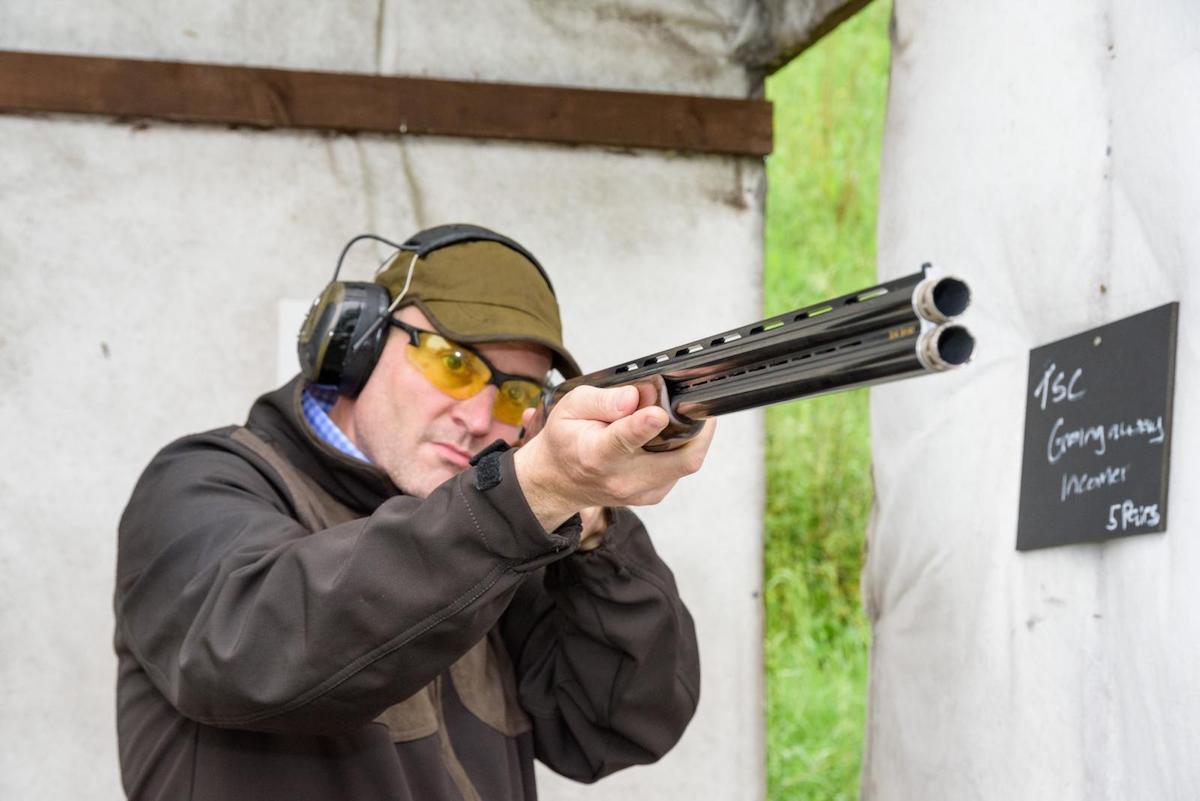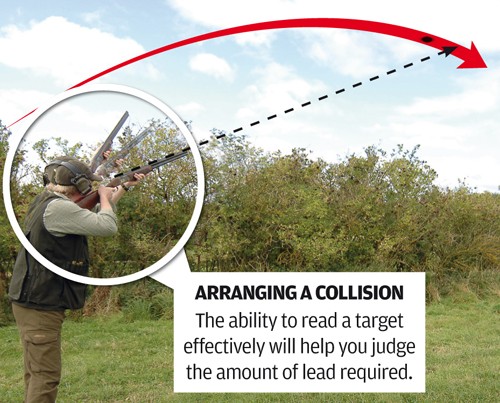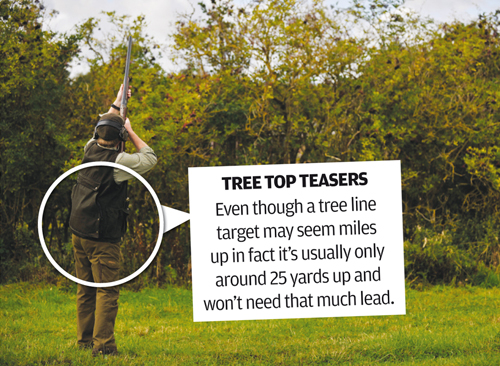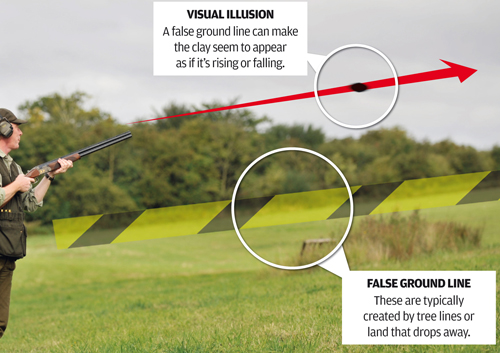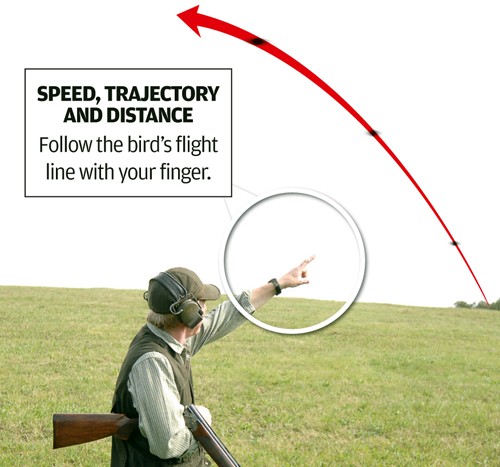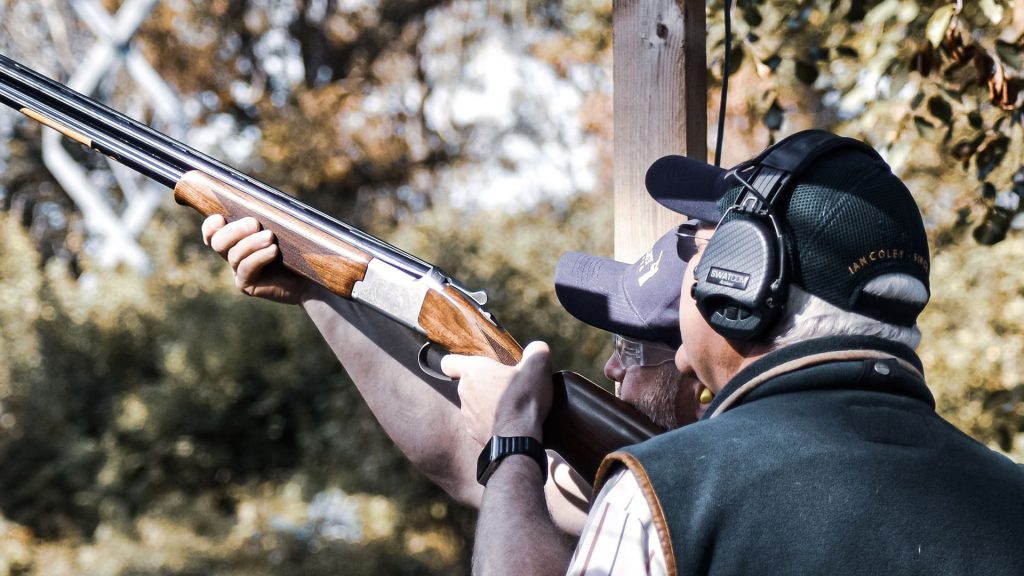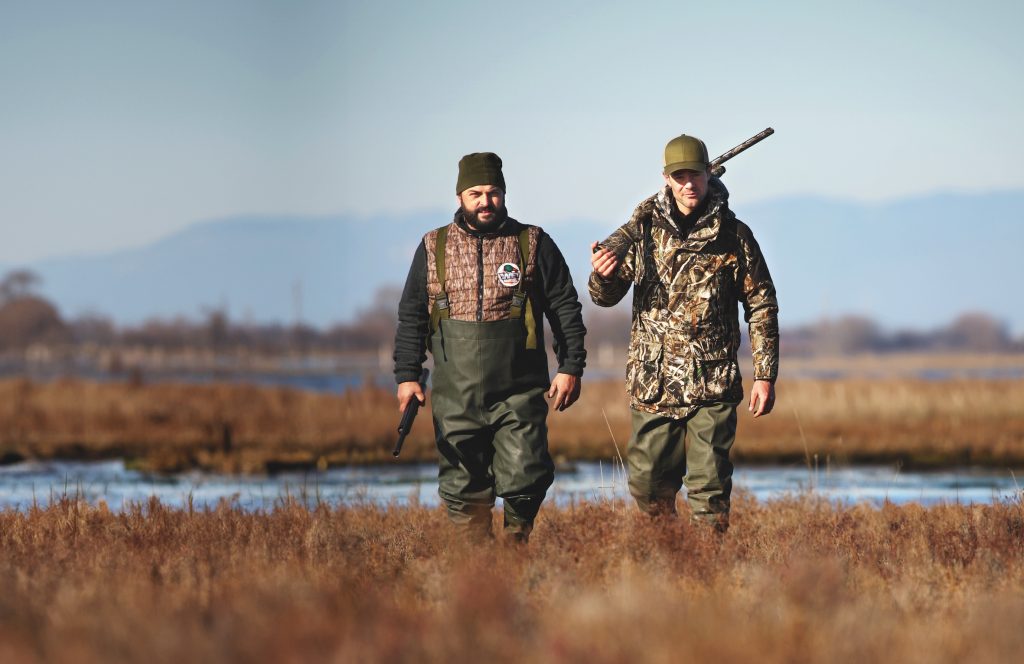Understand the jargon heard on the clay shooting ground with Mark Russell’s tips for shooting beginners
Win CENS ProFlex DX5 earplugs worth £1,149 – enter here
How to read a clay target successfully
Last month we looked at a few 'firsts' in the shooting world, safety first, first gun, first targets and the like. Carrying on from this I'd like to reconsider how we actually hit our targets.
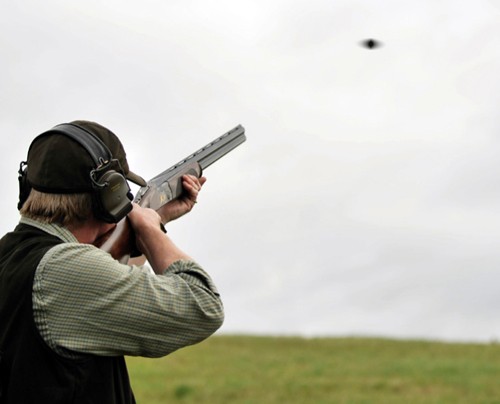
What makes us pull the trigger when we do and where should the gun be pointing when we do so?
And how do we learn to pull the trigger at exactly the right moment when the barrels are pointing in exactly the right direction?
Why is it that doing everything in a certain way means you can usually hit a crossing target, say, but utilising the same techniques on a quartering, going away bird ends up with a line of zeroes on your scorecard?
The difference is generally put down to our ability to ‘read’ a target.
Practice and practice again
It’s like everything, practice does make perfect.
And shooting is a typical example.
You may have spent ages in front of a mirror perfecting your gun mounting technique, a small fortune on having your gun fitted properly and hours down at the clayshooting range attempting to hit targets.
This will improve your scores but for a dramatic increase in your hit rate you really need to know where to point the gun – and why you’re doing so – before you pull the trigger!
Secrets of successful clayshooting
Learn how to hit more targets by understanding the physics of clay pigeon shooting
Issues with eye dominance when shooting: how to deal with them
Do you have issues with eye dominance? Eye dominance is the tendency to favour one eye to the other while…
This is where being able to read a clay target is so important
These are the basics.
- Any type of clay target will always travel at several feet per second, as will the stream of shot from your gun.
- You need to arrange a collision and make sure the target hits the stream of shot.
- Shoot slightly ahead of the target to ensure a hit. If you aim at the clay it will have moved on by the time the shot reaches the intial position.
- Aim at the target and you’ll miss behind.
- So pull the trigger when the muzzles are ahead of the bird and the clay will run into the stream of shot, resulting in a broken clay.
What about the muzzles?
Where do you point the muzzles of the gun as you pull the trigger? Obviously in front of the clay to arrange the collision, but where exactly?
With certain disciplines, skeet for example, a clay is much easier to read as the targets always travel on an identical flightpath and at the same speed.
With sporting layouts, however, every stand can be different so the ability to read a target effectively is a skill worth practising.
Forward planning
One of the most important aspects of reading a target is forward planning. You can judge a great deal by watching how the bird is presented before you attempt to kill it.
Think about the following:
- Is the clay veering slightly to one side?
- If so, which way?
- How long is it before gravity really starts to affect the clay?
- How quickly does it then start to drop?
- What about the change in velocity? If your preferred kill point on a particular stand is quite close to the trap, the velocity (or speed) of the clay is going to be significantly higher than what it would be towards the end of the bird’s travel.
Useful pointers to judge distance
- Consider the distance from the stand to your kill point.
- If a target appears from above the tree line it’s probably only about 25 yards above you.
- In shooting terms this is pretty close so you probably won’t need that much lead, even if it does look miles up in the air.
- Think about conditions. The stand may be calm but the wind over the treetops could make the clay duck, dive and potentially veer off a straight trajectory.
- Think about the terrain and the mindset of the course designer. Ask yourself, “am I being conned here?”
Reading clay targets
Let’s see how to face a crosser.
- Have a really close look at how the bird is being presented (it often helps to follow the clay’s line of travel with your finger) – to decide where you can ‘pick up’ the clay (the point at which you first see it) and determine where the ‘kill’ point is (where the clay is actually going to be broken.)
- As the bird accelerates out of the trap it gains height slightly, then starts to curve around to the right a little before it slows and starts dropping.
- Our preferred kill point is where the clay is still climbing slightly.
- So the muzzle of the gun needs to be slightly in front of, a little to the right, and maybe on or just a little above the target at the moment we pull the trigger.
- Keep the swing going after the cartridge has been fired.
- The amount of lead we give depends on recalling and utilising a similar target from our memory bank of ‘sight pictures.’ And of course the more you shoot, the experience you will have.
More tips on reading clays
Make sure you know exactly where the clay is going to appear. Try and use a convenient reference point – a twig or branch on a tree or hedge – to help you remember.
Watch how the target is presented; face on, belly or edge on. Remember that a clay presented edge on may appear to be further away than it really is, luring you into giving too much lead. Conversely, a belly up clay can appear large, even though it may be a long-range target.
A clear background (like the sky) can mislead you into thinking the target is further away from you than it actually is, because you have no readily available points of reference.
Related Articles
Get the latest news delivered direct to your door
Subscribe to Shooting Times & Country
Discover the ultimate companion for field sports enthusiasts with Shooting Times & Country Magazine, the UK’s leading weekly publication that has been at the forefront of shooting culture since 1882. Subscribers gain access to expert tips, comprehensive gear reviews, seasonal advice and a vibrant community of like-minded shooters.
Save on shop price when you subscribe with weekly issues featuring in-depth articles on gundog training, exclusive member offers and access to the digital back issue library. A Shooting Times & Country subscription is more than a magazine, don’t just read about the countryside; immerse yourself in its most authoritative and engaging publication.
